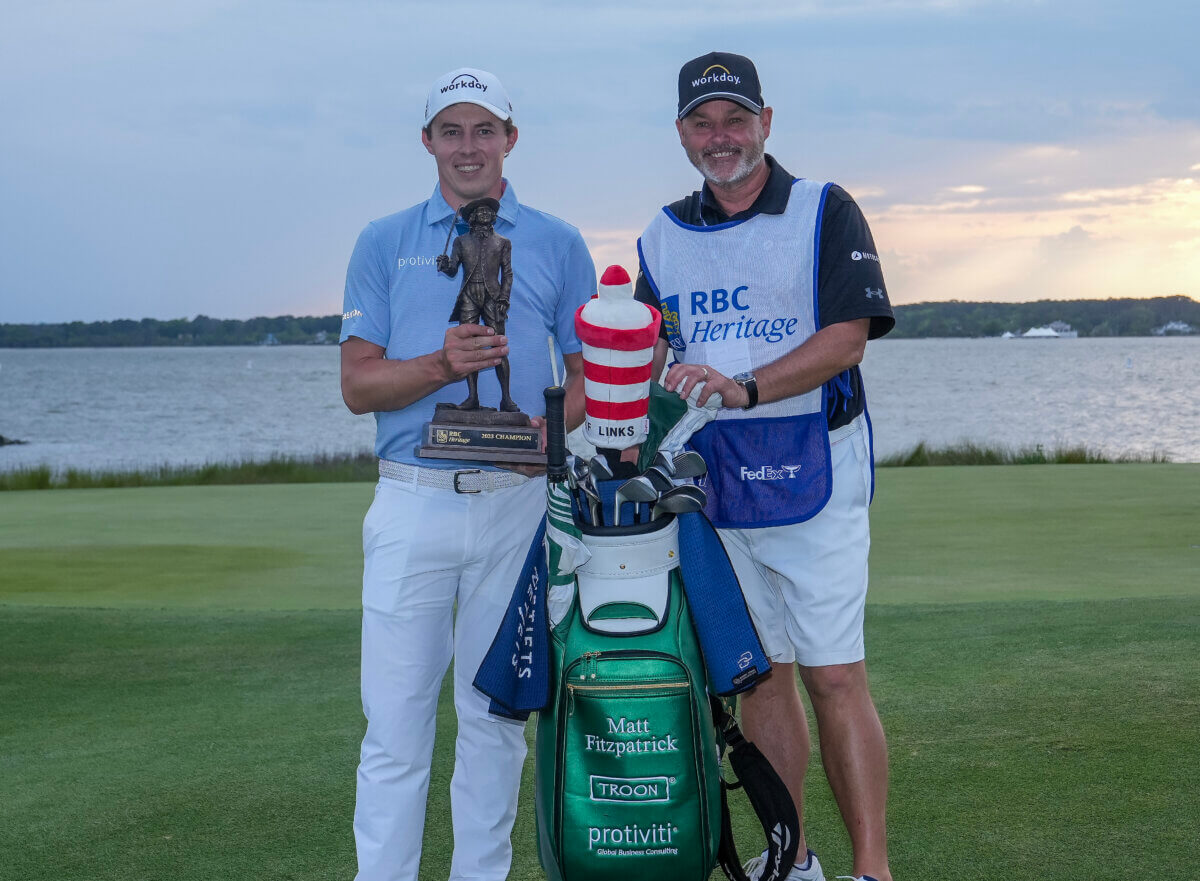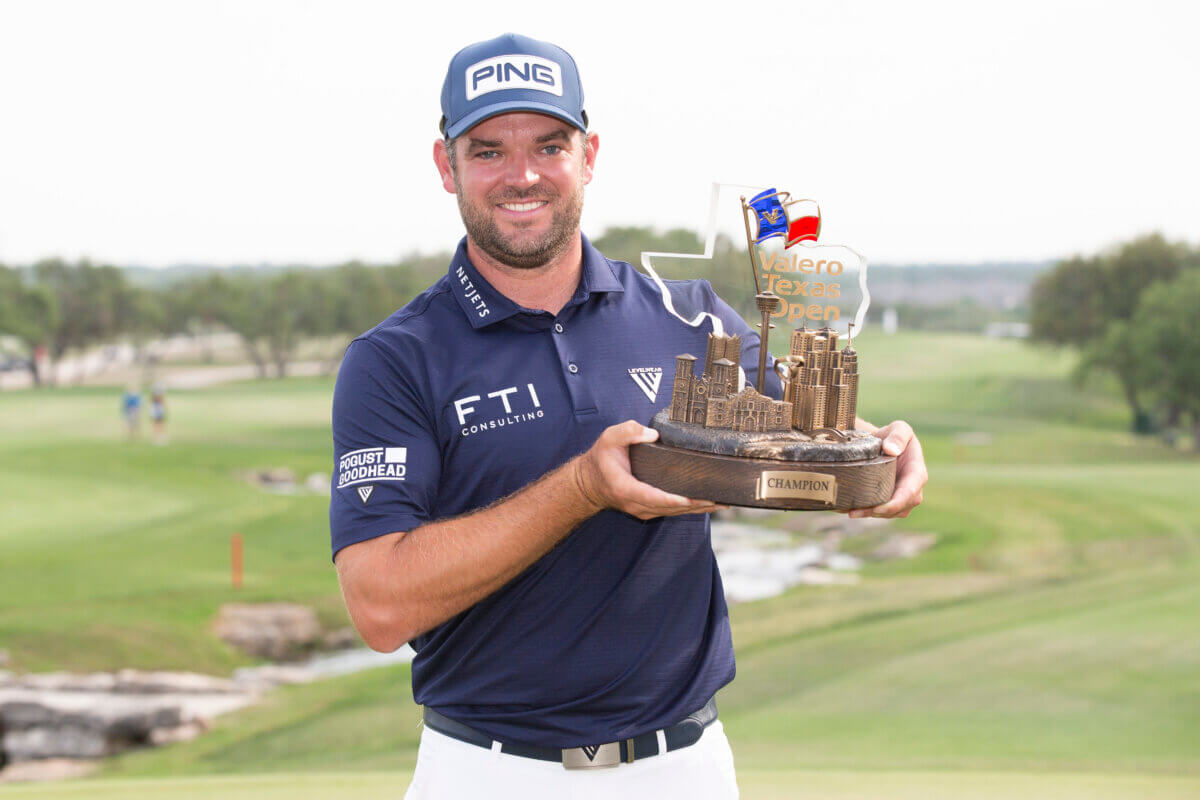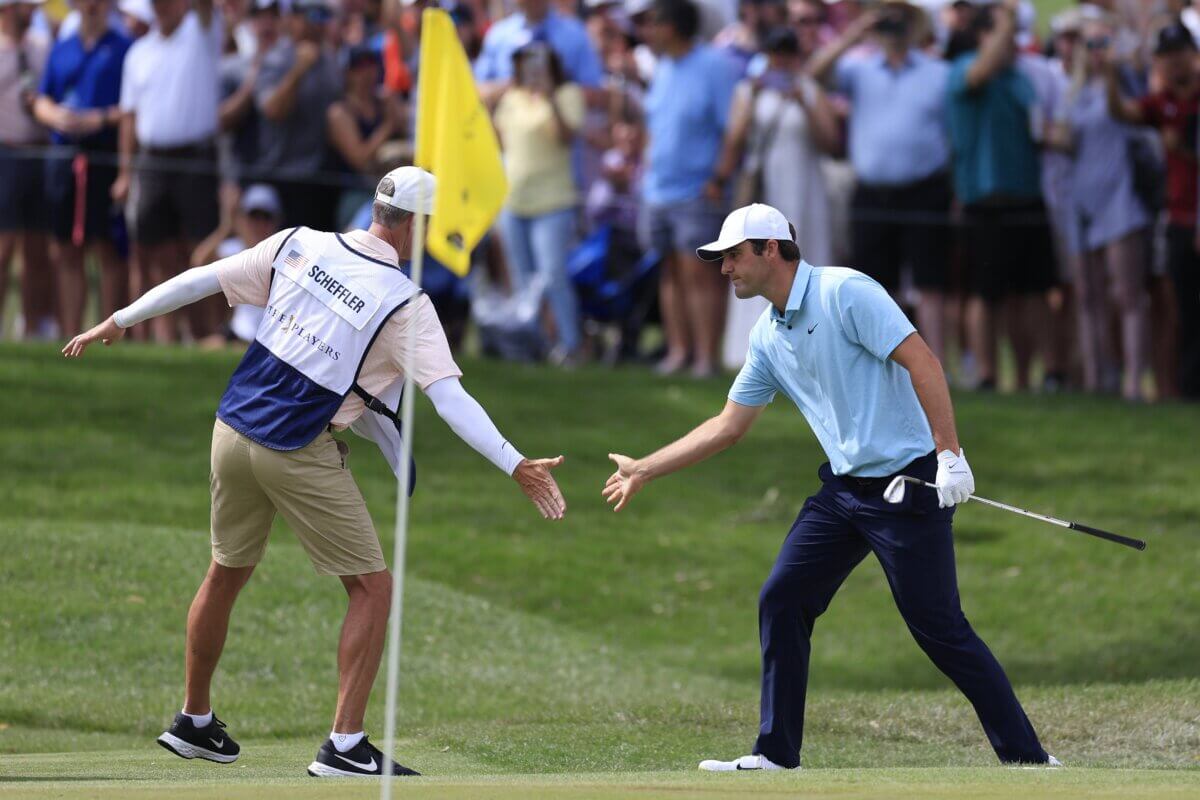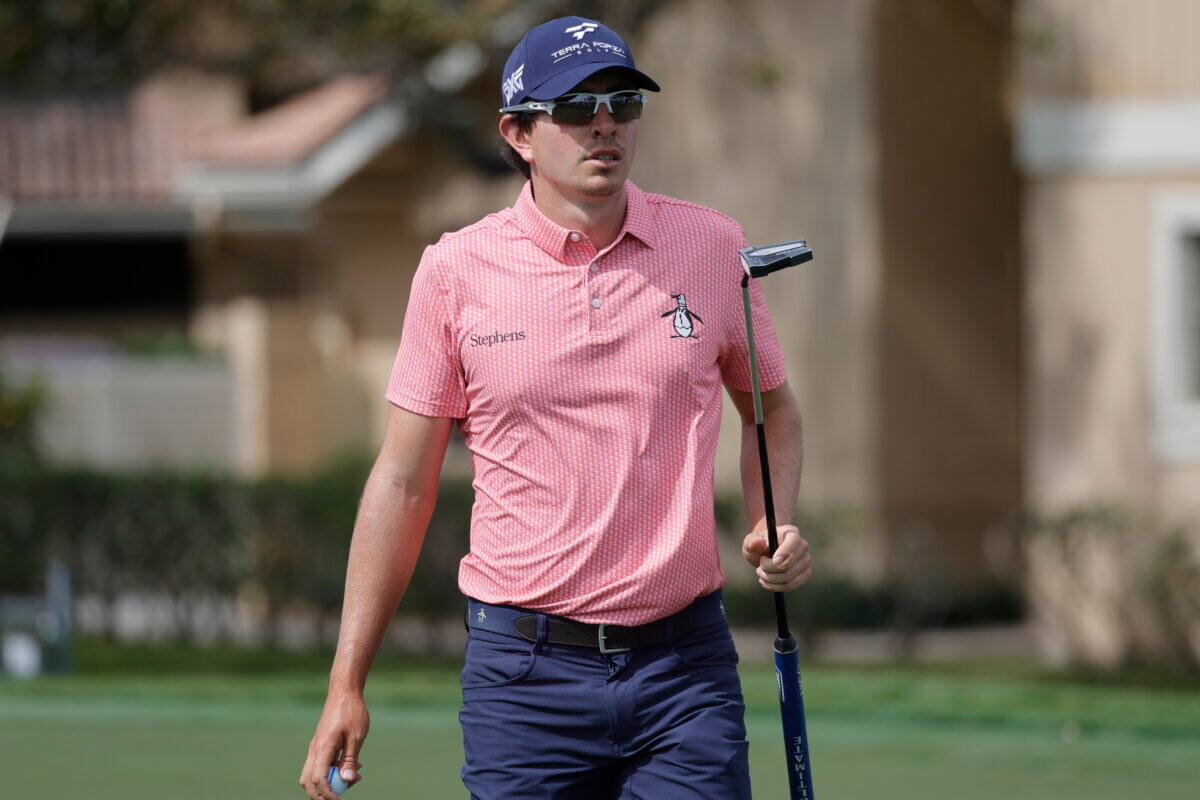Here’s what it’s like for a caddie to take on a new bag on the PGA Tour
First time under pressure
“If you’re working for a competitive person, and Bubba is one, you’re going to be battle-tested right away,” Scott said. “The first week we finished 11th, the second week we finished 12th. So we were playing well. And he didn’t want much help then because he didn’t know me. Why would I ask this guy for help? But as we started to work together more he would ask for more help.
“Early on, you could see when he needed help. Sometimes I would step in and try to help whether he wanted me to or not. And you take that risk. It’s a job where sometimes you might step up and take a risk that could put your job on the line. If it works out it could be huge, if it doesn’t you might get fired.”
Henley thinks you can learn enough about a player in that very first week on their bag.
“You could pretty much size a new player up in one week or once the flag goes up and you see how they act under true pressure and everything,” Henley said. “One week you can pretty much tell what a guy’s made of.”







I’ve Caddied at the club level for years, the statements and advice above holds true for the Amateur level as well. The difference being, we need to analyze our player(s), read them and make adjustments in the first few holes. Our livelihood depends on it:)
Paddy